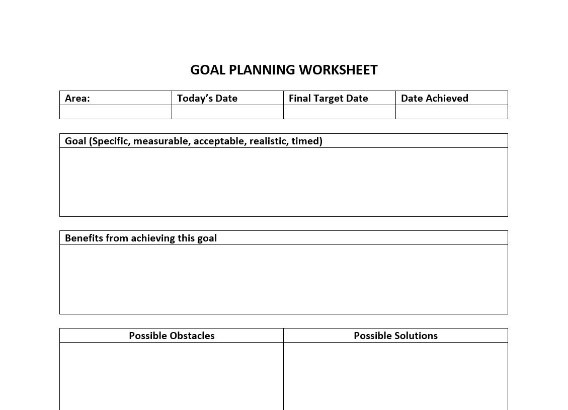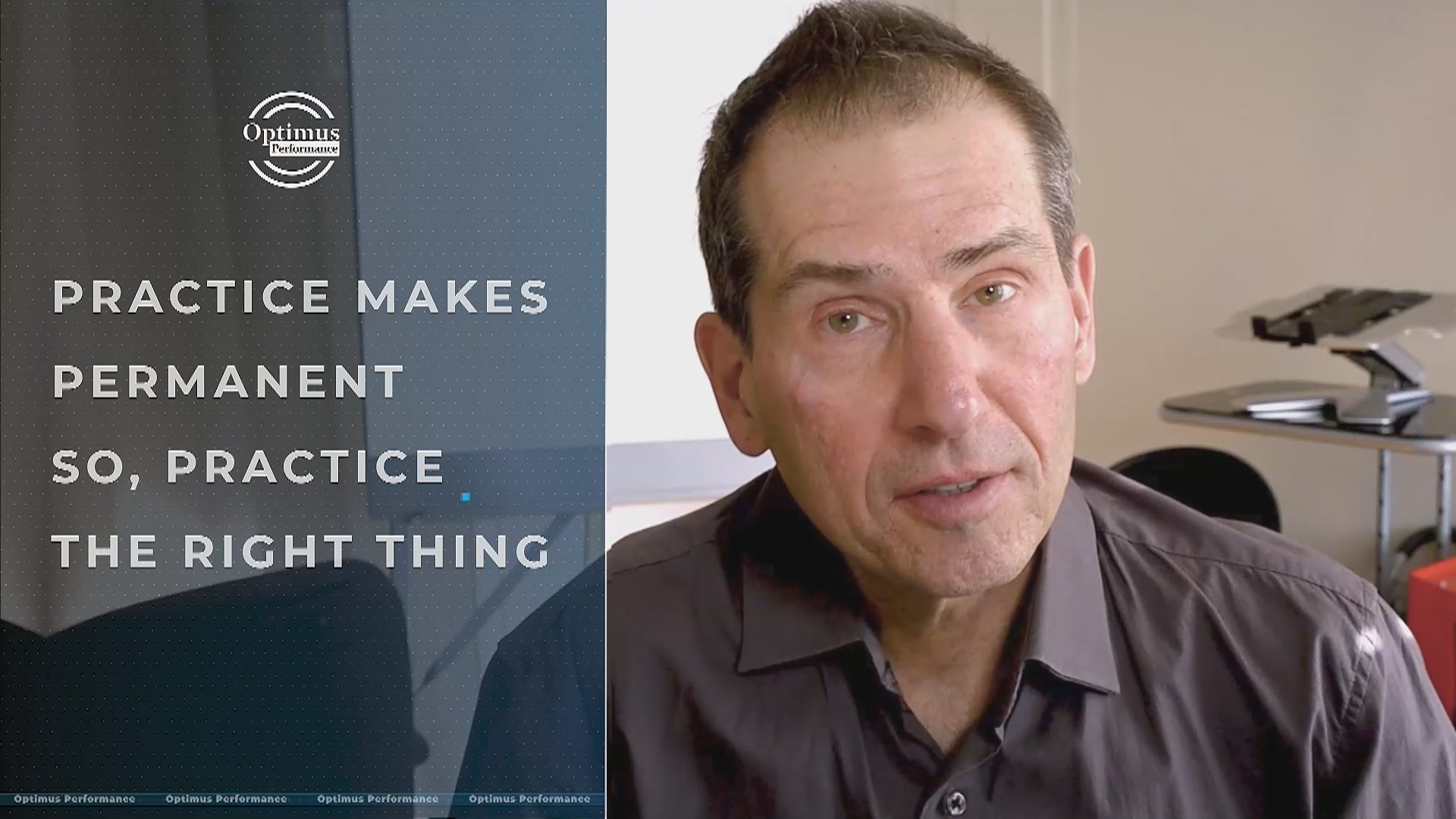The old saying practice makes perfect is flawed because practice really makes permanent. Whatever you practice becomes a habit and habits are awfully hard to change.
So, you need to practice the right thing the right way to get the outcome you want. A golfer needs to practice regularly to get good enough to qualify to compete in a tournament. But if the golfer has a problem with certain shots and keeps practicing the swing in the same way without correction then the results will not improve.
One way to fast track practice and produce better results is to practice mentally. This was explained by Maxwell Maltz, MD, in his book Psycho-Cybernetics. He refers to an experiment done by psychologist R.A. Vandell who had people practice throwing darts at a target each day only in their minds. The improvement in their aim was equivalent to having done the actual physical practice.
Another experiment was reported on the effects of mental skills in sinking basketballs. One group of students that practiced throwing the ball every day for 20 days was scored on the first and last days. A second group was scored on the first and last days but engaged in no sort of practice in between. A third group was scored on the first day then spent 20 minutes a day imagining that they were throwing the ball into the hoop. When they missed, they would imagine that they corrected their aim accordingly. The first group, which practiced 20 minutes every day, improved in scoring 24 percent. The second group, which had no sort of practice, showed no improvement. The third group, which practiced in their imagination, improved in scoring 23 percent! *
Artur Schnabel, the world-famous concert pianist, took lessons for only seven years. He hated practice and seldom did practice for any length of time at the actual piano keyboard. When questioned about his small amount of practice, as compared with other concert pianists, he said, “I practice in my head. *
These are just three examples of the power of the mind and using visualization techniques to practice correctly.

addition, I recommend using my goal planning worksheet to write down your goal for change or improvement. This will crystalize in your mind the change you want to make and to connect emotionally with the outcome benefits. There is a section for affirmation and visualization.
One of the biggest obstacles to change or improvement is the mechanical nature of a human being. Our habits make us like programmed machines that always operate in the same way. Practicing in our minds or visualizing helps us to break the programmed mechanical patterns.
Think of a leader or manager who knows he needs to listen better. Being an over achiever type full of drive and motivation this type of leader often has limited patience. Mentally practicing listening to employee’s everyday day would remind the leader to slow down when an opportunity arises to listen actively to an employee who needs to be heard.
Refer to this article on using my goal planning worksheet and download the worksheet. Start practicing your goal both mentally and physically and make the changes you want today.
*Maltz, Maxwell. Psycho-Cybernetics: Updated and Expanded (p. 40). Penguin Publishing Group. Kindle Edition.
